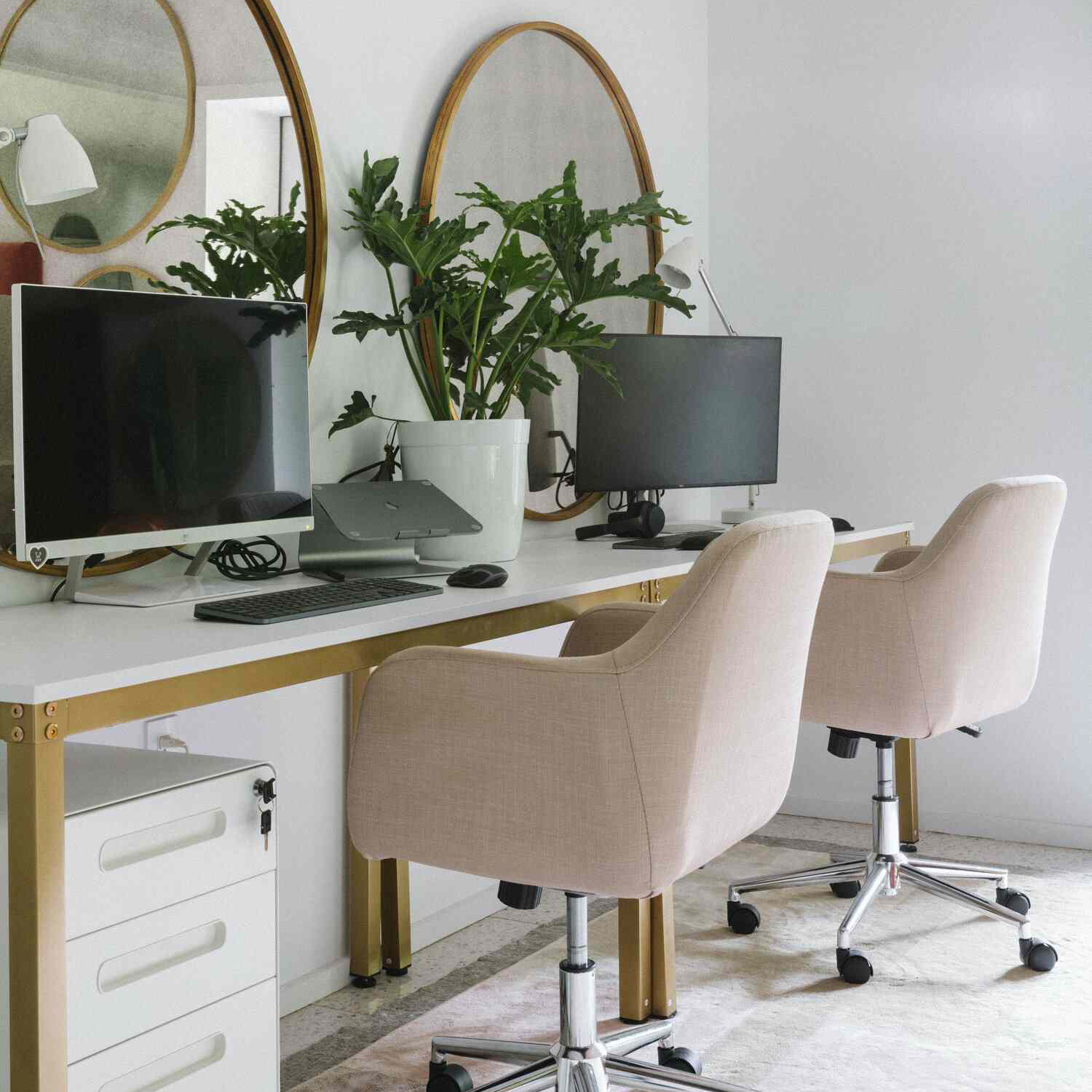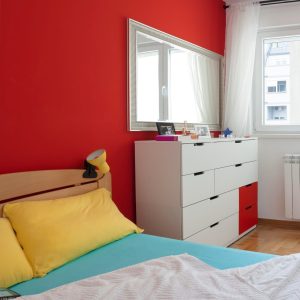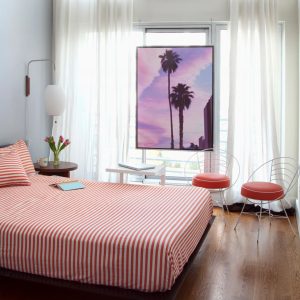
The Illuminating Charm of Light: An Exploration of Light’s Presence in the House
Light is a fundamental element of our life, and its presence in our house plays an important role in enhancing our physical and emotional well-being. Its various forms and colors have a profound impact on our moods, thoughts, and perceptions. In this article, we will explore the significance of light and its different aspects in the house.
The Role of Natural Light
Natural light is an essential component of any house, as it not only provides illumination but also has numerous health benefits. Exposure to natural light can reduce stress, enhance productivity, and improve sleep quality. Moreover, it can also reduce the risk of various diseases such as depression and seasonal affective disorder. Therefore, proper utilization of natural light should be given priority while designing a house.
Optimizing Natural Light in the House
One of the ways to optimize natural light in the house is to place windows and skylights strategically. South-facing windows are ideal for maximizing the amount of sunlight entering the house, whereas east-facing windows are better for morning light. Moreover, installing skylights in dimly lit areas such as basements and attics can make the space feel more spacious and inviting. Utilizing light-colored walls and reflective surfaces can also help to enhance the natural light.
The Impact of Artificial Light
Artificial light is necessary to provide illumination during the evening and night time when natural light is not available. However, the type and intensity of artificial light can have a significant impact on our mood and health. Poor lighting can cause eye strain, headaches, and fatigue. Therefore, it is essential to choose the right type of artificial light for each room’s purpose and lighting requirements.
The Different Types of Artificial Light
There are three main types of artificial light, namely incandescent, fluorescent, and LED. Incandescent bulbs emit a warm, yellowish light and are ideal for creating a cozy and inviting atmosphere in rooms such as bedrooms and living rooms. Fluorescent bulbs, on the other hand, emit a cool, bluish light and are better suited for task-oriented rooms such as kitchens and offices. LED lights are energy-efficient and offer a wide range of color options that can enhance the ambiance of any room.
Mood Lighting
Lighting can be used to create a specific mood or ambiance in a room. For example, dimmer switches can be used to adjust the lighting level according to the time of day and the desired atmosphere. Additionally, colored lights can be used to create a dramatic or romantic effect. However, it is important to ensure that the lighting is not too bright or too dim, as that can negatively affect the mood and energy levels of the room’s occupants.
The Importance of Lighting Placement
The placement of lighting fixtures is crucial in creating an inviting and functional space. Ceiling fixtures can provide a central source of light, while table lamps and floor lamps can be used to create focal points in a room. Additionally, accent lighting such as track lighting or wall sconces can be used to highlight artwork, architectural features, or other decorative elements in the room.
Light plays an integral role in the design and functionality of a house. Natural light can provide numerous health benefits, while artificial light needs to be chosen carefully to avoid negative health effects. Mood lighting and lighting placement can enhance the ambiance and functionality of a room. By understanding the impact of light and utilizing it effectively, we can create a comfortable, inviting, and healthy living space.


